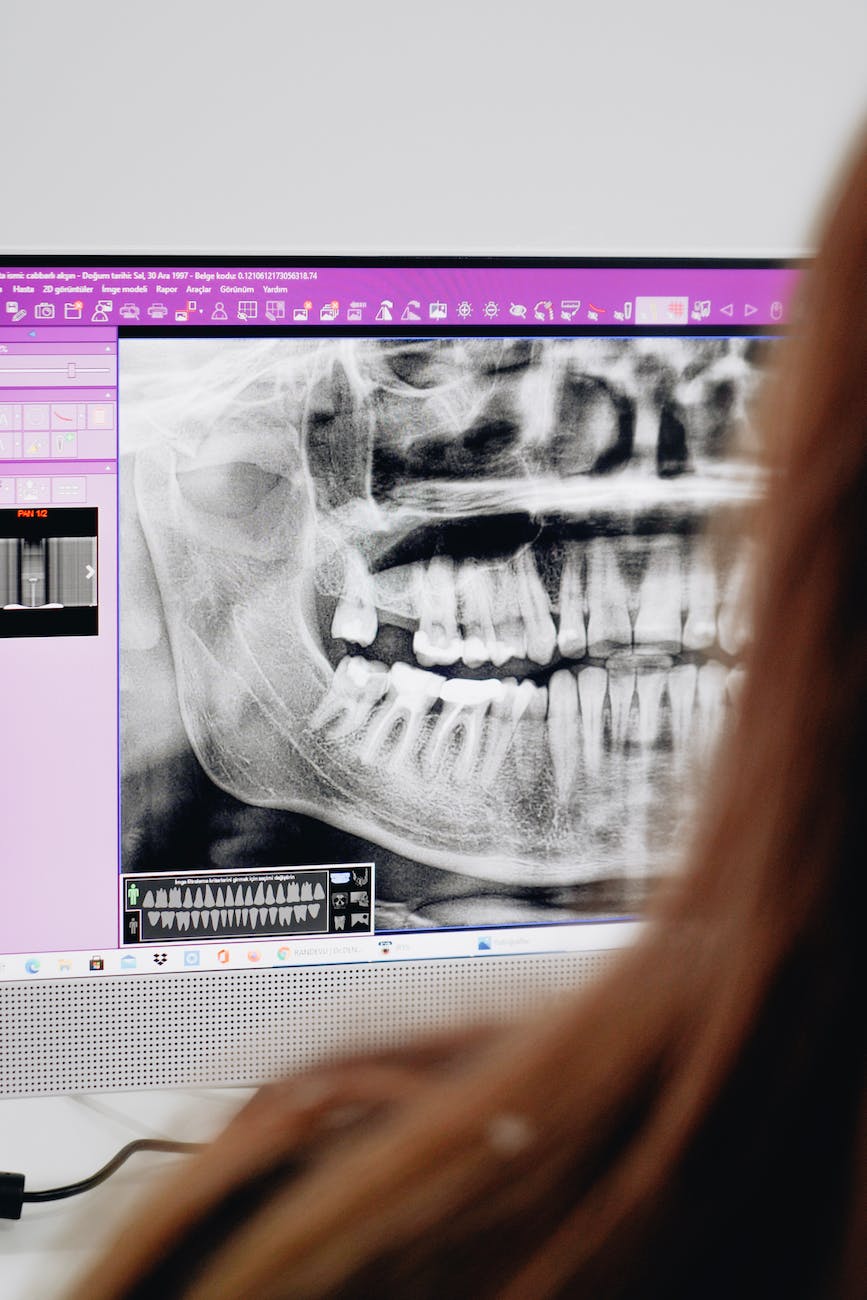Advancements in Digital Dentistry Tech
The landscape of dental care is undergoing a profound transformation, thanks to the integration of digital technologies into everyday practice. From enhancing diagnostic accuracy to streamlining treatment procedures, digital dentistry is revolutionizing the way oral care is provided. This article delves into the latest advancements in digital dentistry tech, which are not only elevating the standard of care but also offering unprecedented convenience to both practitioners and patients.
Revolutionizing Oral Care: Digital Trends
The digital wave has swept through the dental industry, bringing with it a host of innovative solutions that are changing the face of oral care. One of the most significant trends is the adoption of electronic health records (EHRs), which allow for the seamless storage and retrieval of patient information, thereby improving the efficiency and coordination of care. Furthermore, digital radiography has replaced traditional film x-rays, providing dentists with immediate imaging results and significantly reducing the exposure to radiation for patients.
Another trend reshaping dental practices is the use of 3D printing technology. This has enabled dentists to produce accurate and custom-fitted dental prosthetics, such as crowns, bridges, and even orthodontic devices, on-site and in a single visit. The convenience and customization potential of 3D printing are unmatched, offering patients faster and more personalized treatment options. Additionally, teledentistry has emerged as a powerful tool, particularly in reaching underserved populations or in response to circumstances that limit in-person visits, such as the global COVID-19 pandemic.
The integration of artificial intelligence (AI) into dental care is a trend that cannot be overlooked. AI-powered tools are being developed to assist with diagnosis by analyzing dental images with greater precision than ever before. These tools can identify patterns that may be missed by the human eye, leading to earlier and more accurate detection of conditions such as tooth decay, gum disease, and even oral cancers. As AI technology continues to evolve, its potential to enhance preventive care and improve outcomes is vast.
Precision Dentistry: Next-Gen Technologies
Within the realm of digital dentistry, one of the most exciting advancements is the development of intraoral scanners. These devices eliminate the need for conventional dental impressions, which can be uncomfortable for patients. Instead, the scanners create highly accurate digital impressions that are instantly available for review. This not only improves the patient experience but also expedites the planning and execution of treatments, from orthodontics to restorative procedures.
Computer-aided design and computer-aided manufacturing (CAD/CAM) technologies have also significantly advanced the field of precision dentistry. These systems allow for the design and fabrication of dental restorations that fit with remarkable accuracy, reducing the margin of error and the need for adjustments. CAD/CAM has become a staple in modern dental labs and practices, enabling the creation of dental crowns, veneers, inlays, and onlays in a matter of hours, not days.
Digital implantology is another frontier where precision is key. With the help of advanced software, dentists can now plan implant surgeries virtually, considering the anatomical structure of the jaw and the optimal positioning of the implant. This planning is then brought to life using surgical guides that ensure precise placement, resulting in better outcomes and faster recovery for patients. The precision afforded by digital implantology exemplifies the synergy between technology and skilled dental practice.
The advancements in digital dentistry tech are not just incremental improvements but are, in fact, pioneering a new era of oral care. These technologies are making dental procedures more precise, efficient, and patient-friendly, while simultaneously opening up new possibilities for preventive care and early diagnosis. As the dental profession continues to embrace these digital trends, the future of oral health care looks brighter and more promising than ever, with the potential to significantly improve both patient experiences and clinical outcomes.

